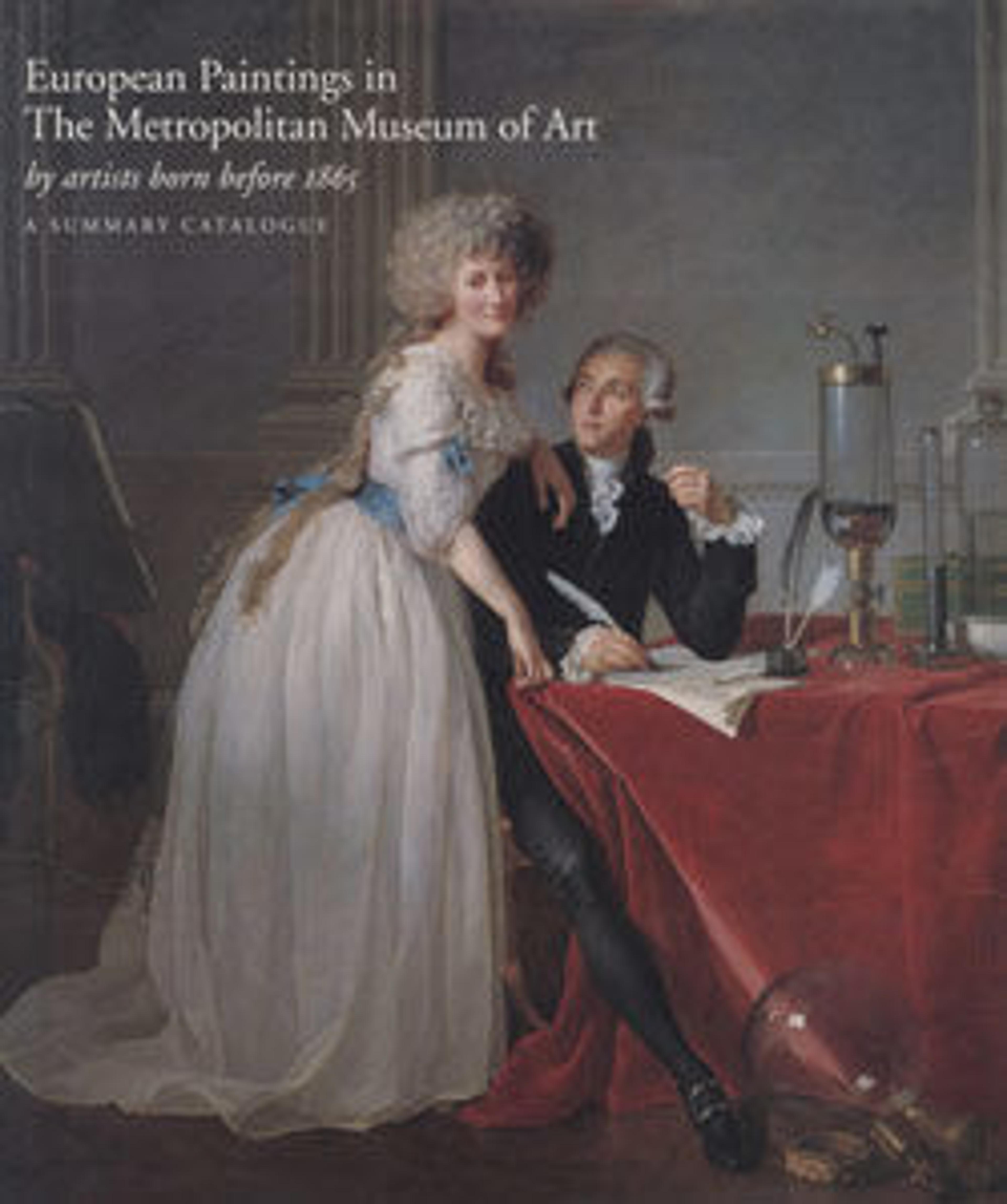Saint Dominic Resuscitating Napoleone Orsini
Bartolomeo degli Erri and his brother Agnolo were the key artistic personalities in Modena (north of Bologna) during the second half of the fifteenth century, painting three altarpieces for the church of San Domenico. This picture is from the base (predella) of the main altarpiece and shows Saint Dominic resuscitating Napoleone Orsini, who had been killed in a fall from his horse. In the background, the saint presents the revived young man to his astonished uncle, Cardinal Stefano di Fossa Nova. The episode was vividly described in the writings of Cecilia Cesarini, a Dominican nun who knew Saint Dominic and whose recollections provide a valuable perspective on his life and miracles.
Artwork Details
- Title: Saint Dominic Resuscitating Napoleone Orsini
- Artist: Bartolomeo degli Erri (Italian, Modena, active 1460–79)
- Date: 1467–74
- Medium: Tempera on canvas, transferred from wood
- Dimensions: 14 x 17 1/2 in. (35.6 x 44.5 cm)
- Classification: Paintings
- Credit Line: The Bequest of Michael Dreicer, 1921
- Object Number: 22.60.59
- Curatorial Department: European Paintings
More Artwork
Research Resources
The Met provides unparalleled resources for research and welcomes an international community of students and scholars. The Met's Open Access API is where creators and researchers can connect to the The Met collection. Open Access data and public domain images are available for unrestricted commercial and noncommercial use without permission or fee.
To request images under copyright and other restrictions, please use this Image Request form.
Feedback
We continue to research and examine historical and cultural context for objects in The Met collection. If you have comments or questions about this object record, please contact us using the form below. The Museum looks forward to receiving your comments.
